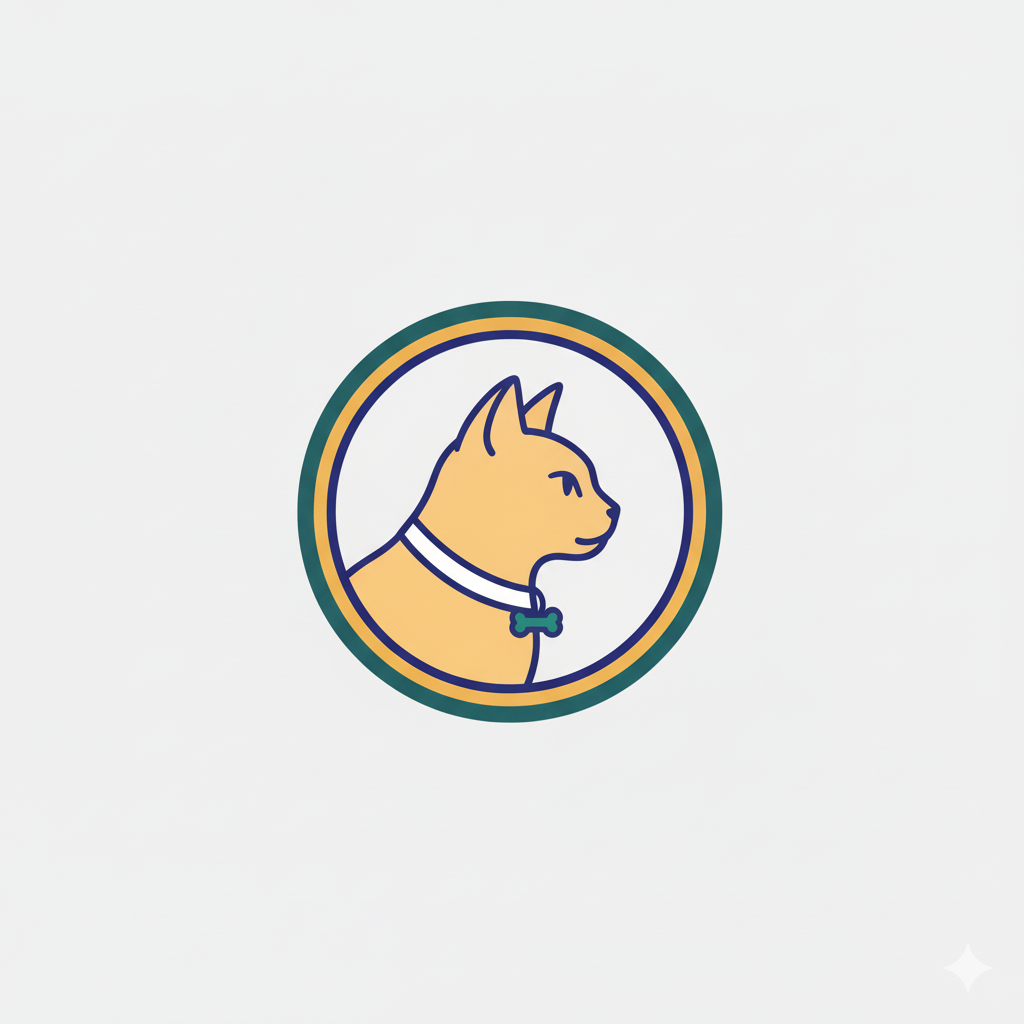Key methods dogs use to communicate needs to humans
Dogs use several communication methods to express their needs to humans, primarily through body language, vocalisations, and specific behaviours. Understanding these canine signals is essential for UK dog owners to respond appropriately and maintain a harmonious relationship with their pets.
Body language is the most frequent channel. Tail wagging, ear positions, and posture relay feelings like excitement, anxiety, or discomfort. For example, a tucked tail often signals fear or submission, whereas a relaxed, wagging tail may indicate happiness. Vocalisations, such as barking, whining, or growling, add another layer of communication. A short bark could signal a demand for attention, while a prolonged whine might express discomfort or the need to go outside.
Additional reading : How Can Understanding Dog Behavior Improve Training Techniques?
Specific behaviours also act as clear indicators. Pawing at the owner may mean the dog wants to play or needs food. Scratching at the door is a common sign that a dog needs to go out, especially in UK homes where outdoor access is vital.
For UK dog owners, being attuned to these methods supports responsible care. Misinterpreting signals can lead to stress for both dogs and owners. Therefore, recognising these cues helps owners meet their dog’s needs efficiently, enhancing welfare and strengthening the human-animal bond.
Also to see : How Can We Enhance the Well-being of Dogs in the UK?
Recognising canine body language
Understanding dog body language is essential for fostering a strong bond between owners and their pets. Dogs use a variety of physical cues to express emotions or needs. For example, tail wagging can indicate excitement or friendliness, but the speed and position matter—slow wags might show uncertainty. Pawing often signals a desire for attention or play, while posture can reveal whether a dog feels confident, scared, or submissive.
Breed differences are important when reading dog signals. In the UK, popular breeds like Border Collies have high energy and alert postures, often showing intense eye contact. Labrador Retrievers, more common family pets, use softer body language and expressive tails. Recognising these variations helps owners avoid misinterpretation.
To accurately interpret dog signals, UK pet care experts recommend:
- Observing the entire body instead of focusing on a single cue
- Considering context, such as environment and recent activities
- Learning breed-specific tendencies to better predict reactions
By paying close attention to these cues, UK dog owners can better meet their pet’s needs and create a more harmonious home.
Understanding vocalisations and behaviour patterns
Dogs use a variety of dog vocalisations to express their feelings and needs. Common sounds like barking can signal excitement, alertness, or a need for attention, depending on the pitch and frequency. Whining often indicates discomfort or a desire for reassurance, while growling usually warns of unease or territorial defence.
These vocalisations link closely with specific dog behaviours. For instance, scratching at the door often accompanies barking when a dog wants to go outside or seeks interaction. Bringing objects, such as toys or slippers, can be a way to initiate play or communicate a need. Pacing is usually a sign of anxiety or restlessness, frequently observed in homes when dogs are left alone.
In British households, these cues are common in various settings. Urban homes may observe increased barking and pacing due to stimuli like passing traffic or visitors at the door. Rural settings might see more vocalisations tied to territorial instincts, such as growling. Recognising these signals helps in understanding canine needs communication UK, allowing owners to respond thoughtfully and improve their dogs’ wellbeing.
Expert advice and UK-specific resources
Understanding your dog’s behaviour starts with insights from UK canine behaviour experts like veterinary behaviourists and accredited dog trainers. These professionals specialise in interpreting pet signals UK owners might often overlook, such as subtle body language or vocal cues. When you recognise these signals early, it improves dog welfare UK-wide by preventing stress and potential aggression.
Several reputable UK organisations provide excellent support and education. The Kennel Club and Dogs Trust are key examples; they offer resources on dog training, behaviour management, and welfare standards. These groups also fund and promote UK-based research studies focusing on dog-owner communication, enhancing the practical knowledge available to owners.
One crucial point from these experts is that interpreting pet signals UK requires attention to context and consistency. For instance, a wagging tail is not always happiness—it depends on tail position, speed, and the dog’s overall posture. By accessing expert advice and UK-specific resources, owners can better meet their pets’ emotional needs, promoting healthier, happier relationships.
Enhancing communication and meeting your dog’s needs
Effective dog-owner communication is essential for a happy, well-adjusted pet. In UK homes, implementing clear dog training tips UK can significantly improve this interaction. Owners should focus on understanding and responding to dog signals such as body language, vocalisations, and behaviour changes. For example, a dog that tucks its tail or avoids eye contact might be signalling stress or discomfort.
One practical strategy is to establish consistent routines and commands that the dog can easily recognise. Using positive reinforcement, like treats or praise, when your dog responds correctly helps solidify these cues. Additionally, investing in tools such as communication clickers or training apps designed specifically for UK dog owners can enhance response accuracy.
Owners can also benefit from online resources or local training classes aimed at improving two-way communication. These provide guidance on recognising subtle signs of needs—like hunger, playfulness, or anxiety—and how to promptly react. Encouraging this attentive approach fosters responsible ownership, ensuring dogs feel understood and cared for.
By tuning into your dog’s signals and practising structured communication, you build trust and deepen your bond, making daily life more enjoyable for both owner and pet.
